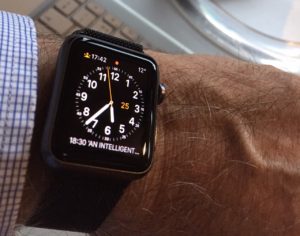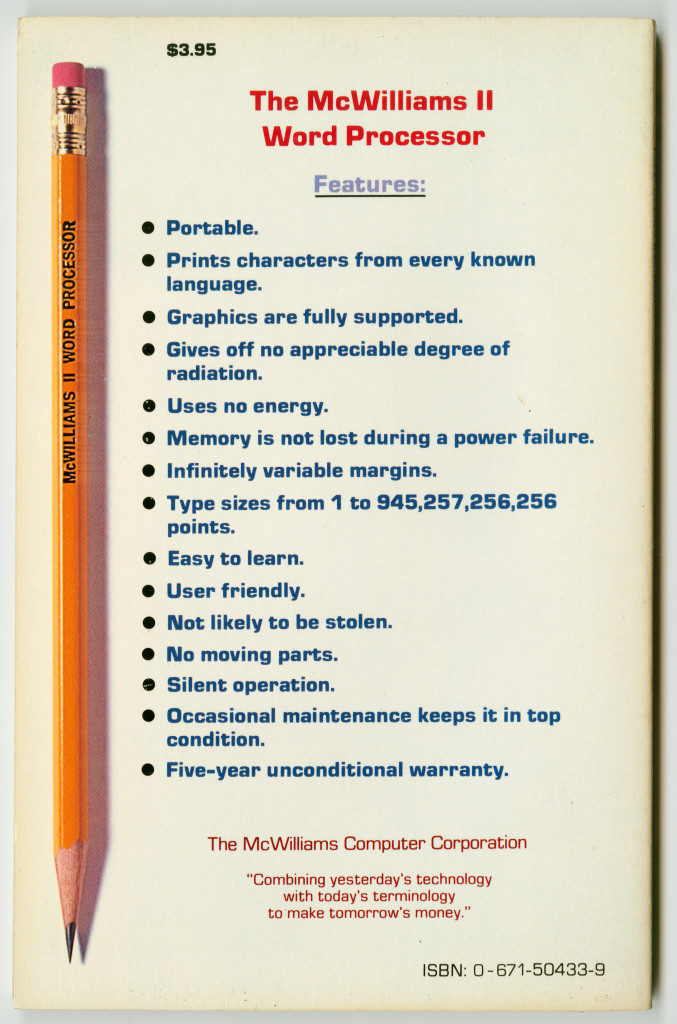From Statista:
According to IDC’s most recent data, Apple Watch shipments declined by 71.6 percent in the past quarter compared to the same period last year. It’s the second consecutive quarter of high double-digit sales declines for Apple’s smartwatch, indicating that demand is quickly fading after a decent start. As our chart illustrates, the Apple Watch’s early sales figures were as good as the iPad’s and much better than the iPhone’s were in 2007. However, it took the iPhone nine years and the iPad three years to see their first year-over-year sales decline. Apple Watch sales started going downhill after just one year on the market.
Frankly, I’m not surprised. Although I continue to wear my Apple watch most days (especially on busy days when I’m expecting urgent emails or messages), I find it more or less useless for everything else. I’ve given up bringing it with me on overnight trips — can’t be bothered lugging a charger and cable. And of course at home it sits in its charging dock every night. Leading-edge uselessness, methinks.


